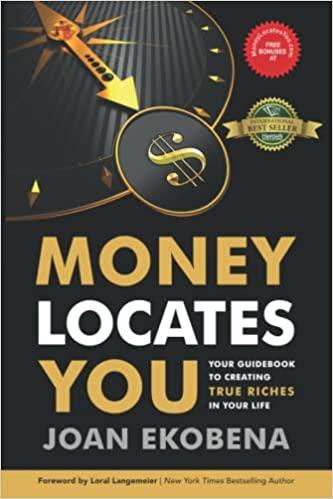Every discussion of internal and external analysis seems to culminate in a SWOT analysis, and this week's textbook reading does not disappoint in this regard. Similarly, much of the SWOT analysis in industry is no more than a quadrant of bullet points generated in strategic planning brainstorming exercises among internal management teams. A SWOT analysis has many useful advantages, for example it is easy to understand, many people within the organization can participate, and it can be conducted within a limited time-frame. One big limitation of the usual SWOT approach however, is that it doesn't tell us whether the bullet points we listed in each of the quadrants really matter. That is, are we talking about the right things? Are the points we listed in the SWOT going to drive our company strategy for value creation and capture into the future? Are these the issues that will make or break competitive advantage, or even firm survival? Herein lies the essence of the situation analysis; the focus of this week's textbook and supplementary readings. The situation analysis provides us with the toolkit we need to apply a systematic analysis to the internal status of, and external conditions surrounding the company. The situation analysis is an essential precursor to any SWOT analysis, but is often overlooked in practice. The internal analysis tools focus on Resource Based Theory (RBT or RBV for 'view'), the VRIO framework, and isolating mechanisms. You might notice in the readings that the VRI was embedded in the original theory (Barney, 1991), but the ' O ' was a subsequent extension that incorporated the managerial and organizational capability to organize the necessary resources create and capture value (Sirmon et al., 2011). Dynamic Capabilities (Teece, 2007) is a further extension of RBT which emphasizes the dynamic rather than static nature of firm resources, together with the adaptability to changing external conditions. The external analysis relies on Porter's five forces of industry competition (Porter, 2008; accompanying video link). Porter's seminal contribution was the idea that industry competitiveness is dependent not just on competitive rivalry, but also on the broader structure of the industry, hence the additional four forces, bargaining power of buyers and suppliers, and threat of new entrants and substitutes. The text introduces three additional factors that are relevant to the nature of industry competition. I like to refer to these as the 3C 's, industry Convergence, Complements, and Co-opetition. The final recommended reading for the week (D'Aveni, 2007) provides strategic insights into the positioning maps used in Capsim, and the strategic groups identified by Porter. Positioning maps are an excellent tool for integrating internal and external situation analysis to identify competitive position and opportunities. Positioning maps help drive home the idea that there is no one 'best' strategy This week's supplementary readings are fairly dense as many of them are academic journal articles written by and for professors, rather than HBR articles that adapt strategic management theory for an executive audience. Based on your experience, do you agree or disagree with the statements about SWOT analysis in the introduction to this discussion. Is a systematic situation analysis really necessary, or is the SWOT analysis by itself an effective tool for strategic planning








